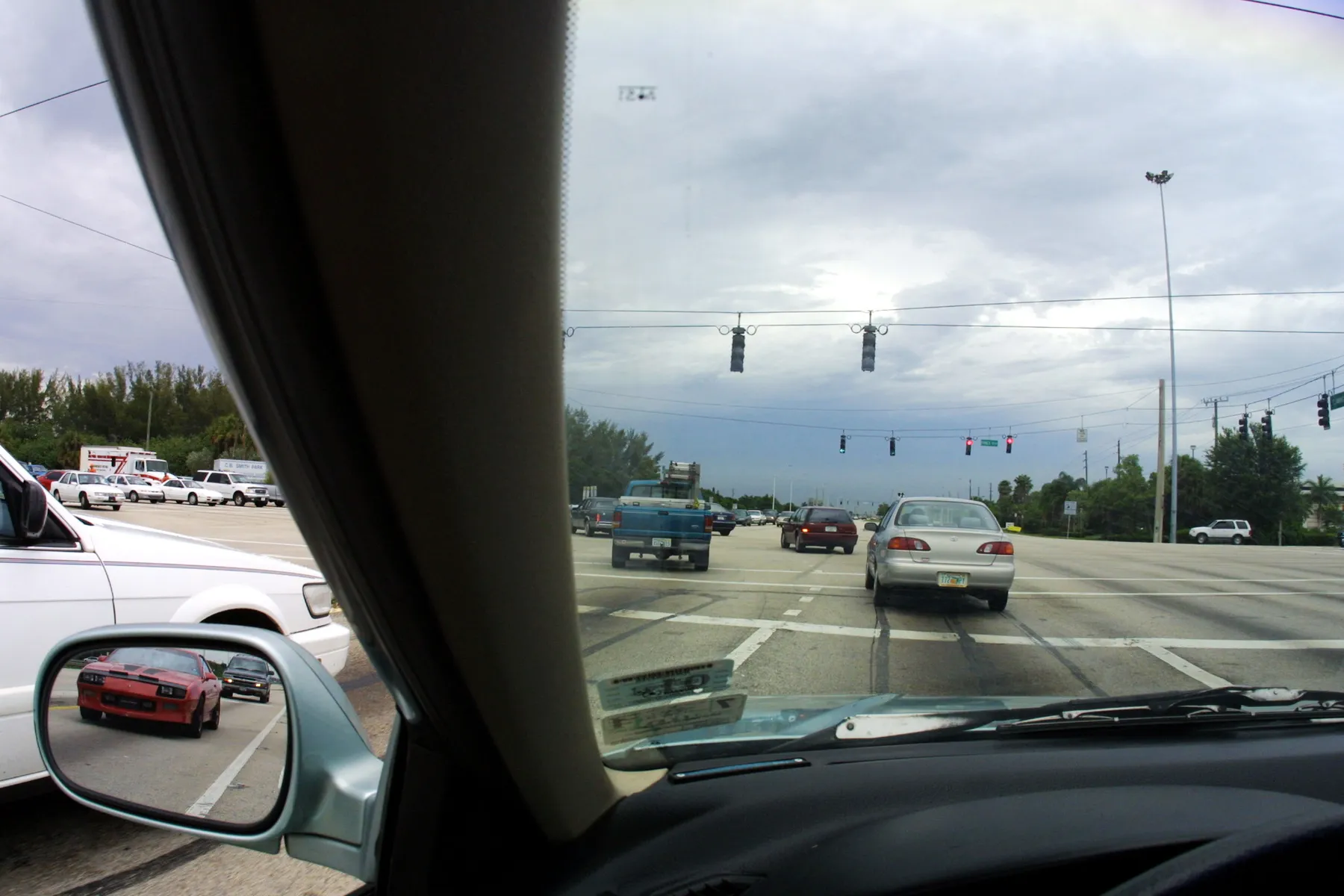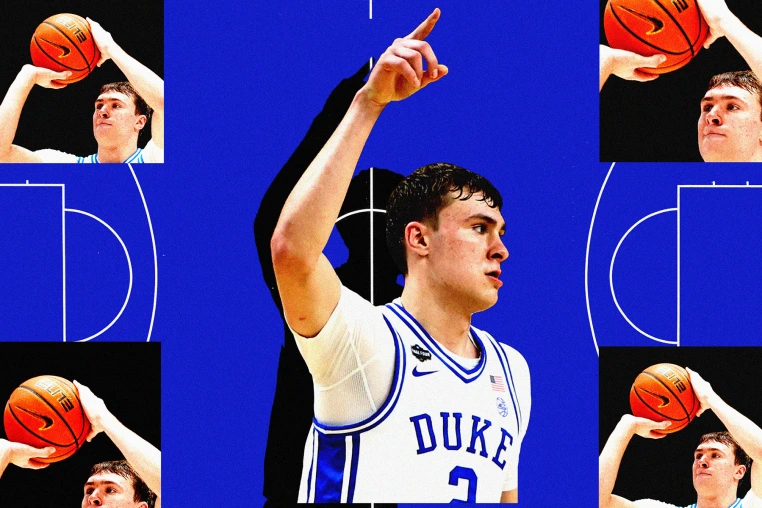Why Modern Cars Are So Hard to See Out Of—and What That Means for Drivers and Industry
Modern car designs have made visibility worse for drivers—thanks to evolving safety standards, styling trends, and consumer preferences. The result: rising reliance on cameras and sensors, new costs for manufacturers, and critical questions about road safety.
Once upon a time, driving meant clear sightlines, big windows, and minimal blind spots. But today, navigating a modern car can feel more like piloting a tank: thick pillars, high beltlines, and tiny rear windows obscure visibility. The transformation isn't just inconvenient—it’s reshaping how cars are built, how they're priced, and how safe they really are.
So why did cars become so hard to see out of? The answer lies at the intersection of safety, style, consumer demand, and evolving technology—each pushing vehicle design in directions that prioritize protection and aesthetics over plain sight. 1. The Safety Paradox: Thicker Pillars, Fewer Sightlines
Ironically, one of the biggest drivers of poor visibility is the push for better crash safety.
Modern crash standards—especially in the U. S. and Europe—require stronger roof supports and reinforced frames to protect occupants in the event of a rollover or side impact.
This led to the A-, B-, and C-pillars (the vertical columns on the front, middle, and rear sides of the car) becoming much thicker. While these reinforcements save lives in crashes, they also block views—particularly during turns, lane changes, and parking. **2.
The Rise of SUVs and High Beltlines**
Consumer appetite has shifted dramatically over the past two decades—from sedans and hatchbacks to crossovers and full-size SUVs. These larger vehicles have: - Higher beltlines (the line where the window meets the door), which reduce window height and shrink the view out. - Taller seating positions, which give drivers a feeling of command—but at the cost of rearward visibility.
Additionally, styling trends now favor aggressive profiles with sloping roofs and narrow windows—features that limit rear and side views even more. 3. Technology Enables Design Tradeoffs
Automakers increasingly rely on technology to compensate for poor sightlines.
Features like backup cameras, blind spot monitors, 360-degree camera systems, and ultrasonic parking sensors are now standard or optional on most new models. These tools help reduce accidents and assist with parking—but also create a dangerous dependency. Drivers may not build the same spatial awareness they did with fully manual driving, and some still struggle with sensor accuracy or screen reliance.
Moreover, these advanced systems add cost. What began as safety compromises are now upcharges, embedded in the vehicle's price tag. **4.
Pedestrian Protection Laws Change the Front End**
In the EU and other regions, pedestrian impact standards have altered car hood design. Taller and more bulbous front ends allow room for 'crumple zones' that protect pedestrians in a collision. But the result is a higher dashboard and shorter windshield—making it harder for shorter drivers to see directly in front of the vehicle.
This is especially noticeable in large pickups and SUVs, where the front blind zone can be as long as 15 feet. Children, pets, bicycles, and even other cars can vanish in that space. **5.
Form Over Function: Styling Trumps Visibility**
Modern consumers are influenced heavily by aesthetics, and carmakers have responded. Sleek, coupe-like rooflines on SUVs, thick window trim, tinted glass, and sculpted rear ends make cars look dynamic and luxurious—but often at the expense of sight. Design teams walk a fine line between curb appeal and ergonomic usability.
But in many cases, bold lines and dramatic silhouettes win out. 6. Safety Ratings Ignore Visibility
Crash safety is rigorously tested and graded by organizations like the NHTSA and Euro NCAP.
But visibility? Not so much. Most safety rating systems don't consider how easy it is to see out of a car. This lack of oversight means automakers have no incentive to prioritize driver visibility—unless customer feedback or lawsuits demand it.
7. The Industry’s Answer: Sell You More Tech
Rather than rethink visibility-first design, the industry has doubled down on offering high-tech solutions: - Heads-up displays (HUDs) - Lane departure alerts - Night vision cameras - Pedestrian detection systems
These are undeniably helpful—but they’re also monetized features that shift the burden of safety onto digital systems, rather than vehicle architecture. Consumer Consequences and Safety Gaps
Poor visibility isn’t just an inconvenience—it’s a real safety issue: - Backover and sideswipe accidents remain common, especially involving children.
- Parking lot fender benders increase in large vehicles with poor turning radii and restricted views. - Elderly drivers and shorter adults face disproportionate challenges due to high beltlines and deep dashboards. And for those unable to afford higher trim levels with visibility tech, the problem becomes a matter of inequality.
Is There a Path Forward?
Some automakers are exploring solutions: - Thinner but stronger materials for pillars - Rearview cameras that combine with mirror projections - Smart glass and augmented reality dashboards
But a fundamental shift would require revisiting safety regulations and incorporating visibility into safety ratings. Conclusion: Seeing Through the Fog of Design
Modern car design has made impressive strides in crashworthiness, fuel efficiency, and digital innovation—but driver visibility has taken a backseat. In an era of intelligent driving and autonomous dreams, it’s easy to overlook the simple act of looking out the window.
If automakers—and regulators—are serious about safety, visibility must return to the conversation. Until then, your safest view may still be through a screen.




